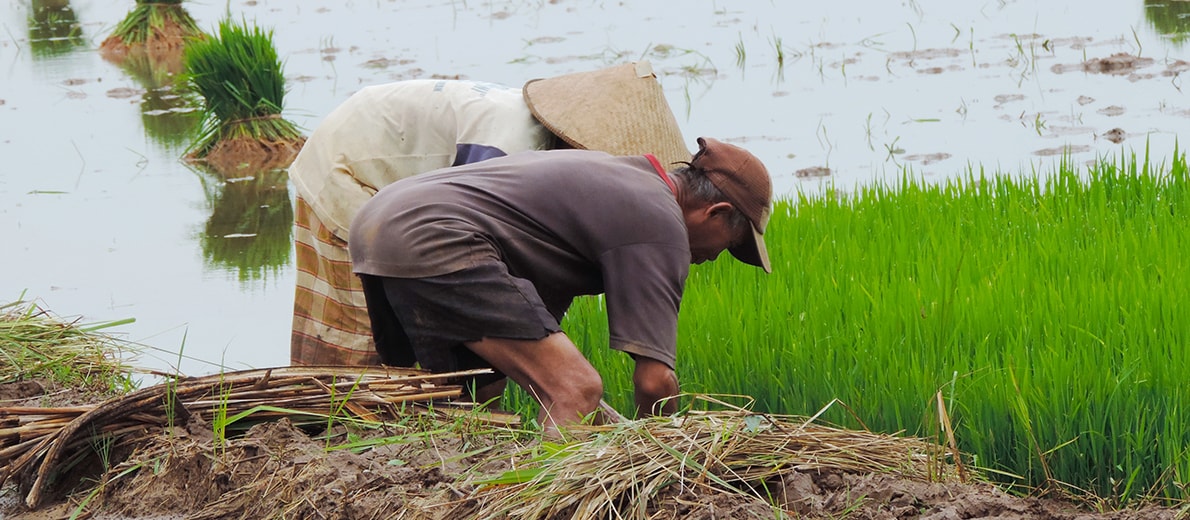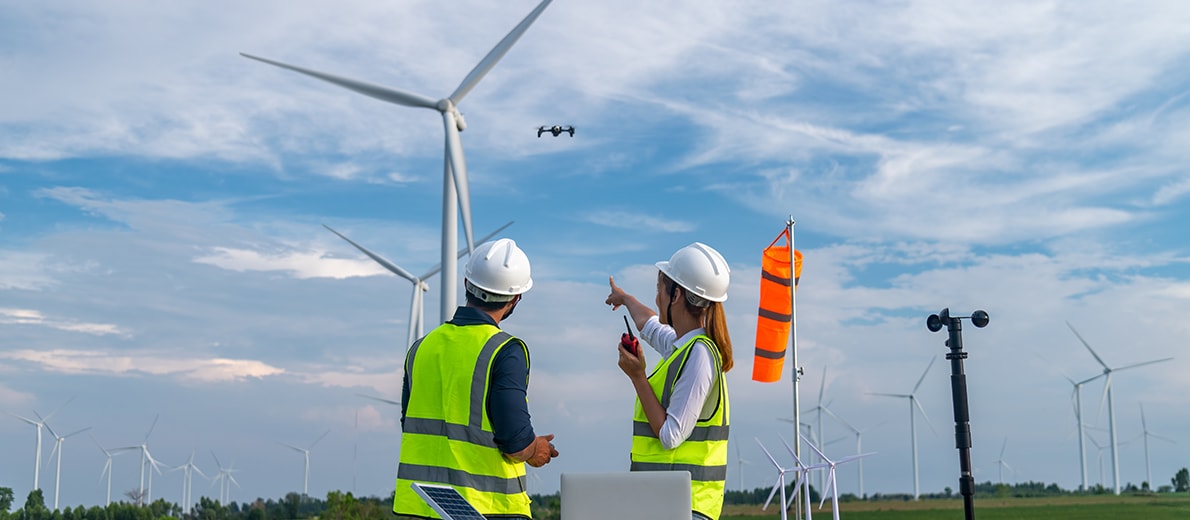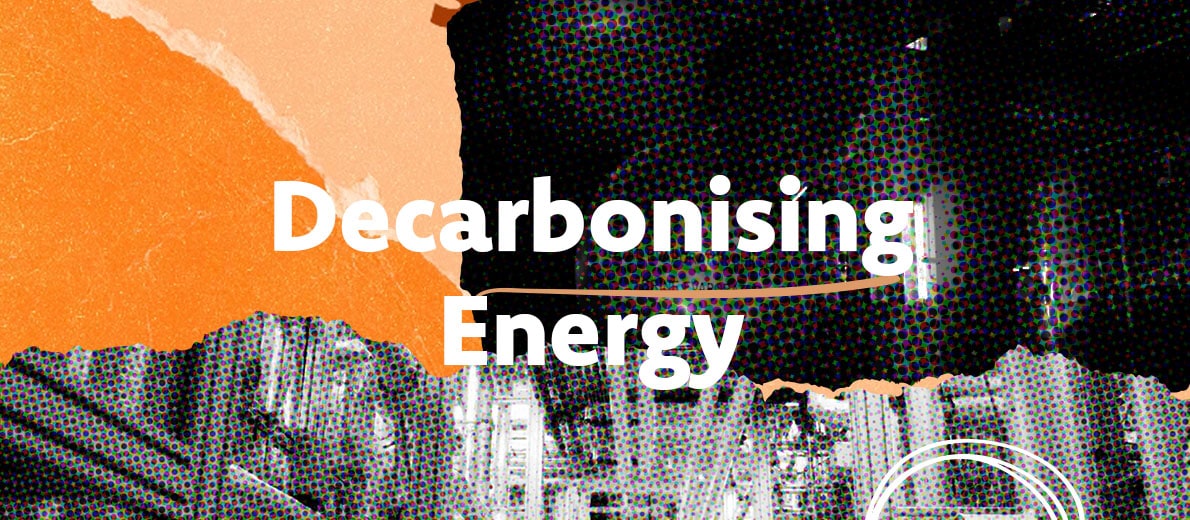Scaling decarbonisation in Asia: from commitment to action
Scaling decarbonisation in Asia: from commitment to action
An economic priority that builds national and regional resilience

The clock is ticking on the future of the planet. To limit global temperature rise to well below 2°C, the world must reach net-zero greenhouse gas emissions by 2050. Yet today, the goal set by the Paris Agreement is slipping from our grasp. Economic turbulence, inflationary shocks, and an expected exponential surge in the use of energy-intensive artificial intelligence (AI) are reshaping the landscape. The momentum behind green investments, which gained ground in the early 2020s as capital markets increasingly aligned with political and social concerns is stalling.
Asia faces a particularly challenging transition: the Asia-Pacific (APAC) region has an outsized reliance on fossil fuels, with 49 percent of its energy still derived from coal. While APAC and Southeast Asia (SEA) have made some progress towards their 2030 targets, the latter in particular remains woefully off track on meeting their 2040 or 2050 targets due to structural barriers and financing constraints.
Furthermore, many emerging markets in Asia face an additional challenge not encountered by developed nations: they must decarbonise while continuing to industrialise and advance their economic development. As Dr Arunabha Ghosh, CEO, Council on Energy, Environment and Water (CEEW), explains:
“Asia must do both simultaneously: provide energy access, build infrastructure, scale manufacturing, and integrate into global markets—all while staying within a tightening carbon budget. India illustrates this dual task—it is rapidly expanding renewables, with over 46% of its installed capacity now non-fossil, while continuing to grow its economy. Its experience shows that industrialisation and decarbonisation can go hand in hand, if rooted in inclusive, forward-looking policy, built on market principles but with clear equity considerations.”
Rethinking our approach to decarbonisation
It is time for governments, CEOs and investors to see decarbonisation for the opportunity that it is: a chance to unlock a range of benefits that will significantly impact everything from the air we breathe to our healthcare and food systems.

Farmers in Indonesia prepare rice seeds for planting—a reminder that food security is deeply connected to climate resilience, economic opportunity, and sustainable development.
“Decarbonisation is not only a green agenda. It’s fundamentally an economic agenda—one that helps build resilience at the national and regional levels – which is an important aspect during the uncertain times we’re in,” explains Franziska Zimmermann, Managing Director, Sustainability at Temasek.
Ghosh agrees, elaborating that “the clean energy sector, including renewable energy, electric vehicles, and energy-efficient technologies, will drive job creation. This transformation is not limited to reducing emissions—it’s about generating economic opportunities and enhancing long-term energy security.” This is a fundamental transformation that will play out across multiple arenas, he adds.
“To truly move towards a green economy, we need to go beyond a sector lens and think in systems. This requires industry, policy and finance to come together,” says Zimmermann.
APAC advantages
The APAC region holds unique potential which could be leveraged to decarbonise at the speed and scale required. Home to deep pools of capital and some of the world’s fastest-growing economies, the region has emerged as an innovation hub, demonstrating that it is possible to scale decarbonisation solutions in emerging markets.
For example, China, as a world-leading manufacturer of green tech, is expanding green investments in SEA — by leveraging existing strong OEM production with regional players to establish electric vehicle (EV) manufacturing and assembly hubs that reduce production cost through optimised supply chains. India now generates over a third of its total power capacity from renewable sources. Alongside SEA, it has announced plans to develop a connected green grid across the two regions, improving regional energy security and contributing to a cleaner energy future.
Three critical enablers of decarbonisation
The region can make best use of these advantages and accelerate decarbonisation by bringing together critical ‘enablers’: such as climate and transition finance, carbon markets, and green artificial intelligence.
Although finance for green projects is growing in SEA, a US$50 billion annual gap remains to meet existing pledges – this gap could widen amid a global pullback from green projects. There is, therefore, an urgent need for new pools of capital and new sources of capital providers to close the funding gap and maintain the momentum of the green transition.
This can be incentivised with climate-friendly policy measures such as enhanced risk-sharing, regional financing frameworks, and the development of effective models to scale up innovative financing mechanisms, including offtake-based financing and infrastructure funds. Financing Asia's Transition Partnership (FAST-P) is one such blended finance initiative. FAST-P is already mobilising finance for real-world green projects across the region, with a target of US$5 billion (S$6.7 billion) for decarbonisation in Asia. It focuses on three key pillars where large amounts of capital are critically needed: accelerating the energy transition; improving the bankability of green and sustainable infrastructure; and providing debt financing to decarbonise hard-to-abate sectors, such as heavy industry.
A growing role for carbon markets
Carbon pricing and carbon markets are another key enabler in the transition, driving decarbonisation while providing flexibility to help meet targets through offsets. Yet this remains a largely unrealised opportunity, with carbon credits issued for just three percent of potential supply in the SEA-6—the top six economies in SEA by GDPD—and policy ambition limited to a handful of countries in the region.
To unlock this potential, countries must adopt more rigorous carbon regulations and invest in the infrastructure needed to support robust, high integrity markets. “India’s Green Credit Rules offer a promising model for how tradable credits can incentivise nature-positive action. But as carbon markets grow across the region, the focus must remain on driving reduced emissions, not just transaction volumes,” Ghosh explains.
In Singapore, the launch of Climate Impact X has established a trusted, transparent trading platform for high-quality carbon credits, offering a model for how regional carbon markets can scale with integrity.
Green AI as a powerful enabler
AI can be a powerful force for climate action that requires careful management to ensure that the role it plays is a positive one. It is well-documented that the computationally intensive processes associated with AI are consuming ever-increasing quantities of electricity. Data centres are expected to contribute around two percent of SEA-6 emissions by 2030.

Engineers deploying a drone to collect environmental data at a wind turbine site—integrating smart monitoring with sustainable energy systems.
However, AI can also help accelerate the green transition, by helping to manage climate resources more efficiently. For instance, Google DeepMind has demonstrated an AI that can forecast wind energy generation up to 36 hours in advance, based on patterns in historical weather data. This could be a vital tool for stabilising power grids increasingly dominated by intermittent renewables.
Temasek and the green transition in Asia
As a global investor, Temasek is committed to playing our part in this transition – connecting capital, building partnerships, scaling climate solutions, and helping drive the change required to overcome systemic barriers. To unlock more potential, we must move beyond sector-specific solutions. Systems thinking and unprecedented collaboration are essential.
“We see our role across three fronts. Firstly, as a capital provider, investing in businesses that deliver sustainable returns and positive climate impact. Secondly, as an asset owner, supporting portfolio companies to pivot and extend those capabilities across the region, and thirdly as a partner and innovator, advancing new solutions like blended finance through FAST-P, for example,” Zimmermann adds.
By strengthening carbon markets, advancing green AI, and mobilising sustainable finance, SEA can build a resilient, inclusive, and green economy.
Asia’s success in decarbonisation will shape not only its own future, but the fate of the global transition. Now is the time for bold action, unprecedented collaboration, and systems-wide transformation so that SEA’s green economy can thrive—resilient and inclusive—for generations to come.
To find out more, explore the 2025 Southeast Asia Green Economy Report here.


